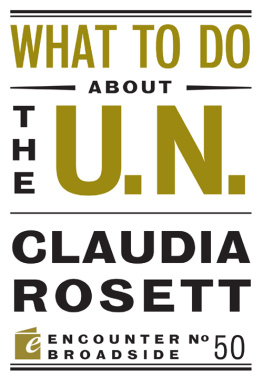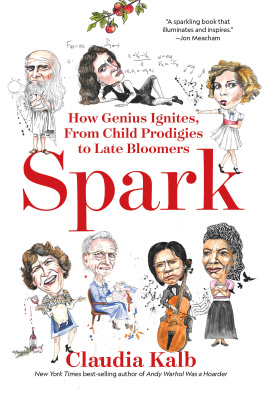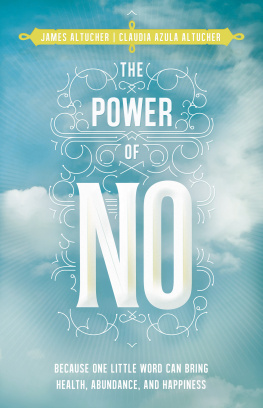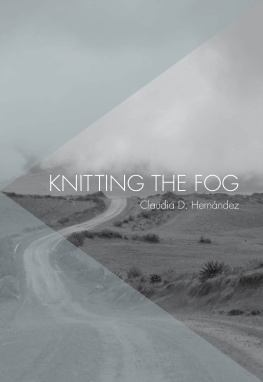Para Flavia y Carlospor ti y para ti con todo mi amor.
Prologue
Are they related? I thought, squinting my eyes in a way that I would never do to the depreciating elasticity of my face today. To me, quite frankly, all of the faces looked the exact same.
In 2013, Alejandro Almaraz exhibited Portraits of Power at the Organization of American States Art Museum of the Americas in Washington, D.C. I was seventeen at the time and had developed what I thought was a subtle yet painfully vivid infatuation with discovering inconspicuous gems in the area. I was on a mission, if you will. And the Art Museum of the Americas, tucked away between the Department of Interior and the Organization of American States, just a few steps away from the Washington Monument and the White House, proved to be exactly what I was looking for and not what I was ultimately hoping for.
This museum isnt the kind that screams Come on in or Welcome, happy to have you in a soft, butter-smooth toned voice. Instead, its outward appearance does the very opposite. Its chunky and awkward white walls make you think the actual voice of the structure is similar to the feeling of freshly cut nails against gravel.
The entrance was hard to find and its small size along with the chipping white paint on the outside makes you feel like you are in the wrong place. At seventeen, as you can imagine, this feeling isnt anything new, so I decided to go in anyway. What was the worst that could happen after all?
To my surprise, the eagle-eyed attendant was moderately welcoming and spoke about the collection that was currently in exhibit. I thanked him and took my first steps into the gallery. I remember it being cold. I remember it being eerily quietthe kind of silence that forces you to show your vulnerabilities in the light of day.
I felt an imminent physical discomfort as I entered. I looked around and felt at a loss for words. Purely and utterly confused at what looked straight into me, or at least thats what it felt like. Portraits of Power, the exhibit that was on display, was a historic-photo mashup series of world leaders down the years, layered on top of each other.
It was dauntingPutin and Assads faces melted into each other seamlessly. Margaret Thatchers pearl necklace stood out like a sore thumba gentle, yet ferocious reminder of just how pervasive misogyny has been across cultures since the beginning of time.
At seventeen, I accepted what I saw. Today, Im far from accepting the images of power that have been shoved so perniciously and delicately down my throat.
So, I ask you, what does power look like to you?
Does it look like the image reflecting back at you when you look in the mirror? What does it sound like, smell like, feel like? What kind of emotions does it trigger within?
Some might say that the image of power in their mind looks like the kind of image that you can find while strolling unabashedly through the halls of perhaps the National Gallery of Art in Washington, the Museum of Art in Philadelphia, or, in fact, any museum art collection around the globe. It might trigger feelings of distance, of longing, of something so perfect yet so unapologetically flawed youll never be able to grasp.
Others say that the image of power in their mind is familiar, occupied by a sense of proximity, of certainty. Or they might say that it is occupied by a person whose power is imposing, filled with grandeur, rage, and might.
To me, the image of power in my mind is defined by a fervent sense of humility, of subtle yet brilliant virtue. The kind that doesnt yearn for your attention, it simply is. It doesnt require your validation, nor does it scream to catch a glimpse of your gaze. It simply whispers. Not with any overt desire for you to hear it, quite the contrary. It accepts that whether you hear it or not is not of their concern, its yours.
The truth is this:
The conversations around power and the people who occupy it couldnt be more salient today. The United States is undergoing an unprecedented turning point in the history of this country. From a global pandemic that has killed more than 200,000 Americans and taken the lives of more than a million people worldwide, to a massive nationwide social unrest in the face of egregious killings of Black livesthis country will never be the same.
The unrest that began on the streets of Minneapolis has swelled into the largest public demonstrations for civil rights seen in generations. Hundreds of thousands of people are giving voice to the grief and anger that generations of Black Americans have suffered in the hands of a system that was inherently built to oppress.
Make no mistake, we are experiencing one of the most monumental periods of pain and rage due to the legacy and pervasiveness of racial violence, all while the COVID-19 pandemic is virtually laying bare all of Americas structural inequalities.
As a non-Black Latinx person who has benefitted from a system built to uphold white supremacy and anti-Blackness both in Latin America and in the United States, I feel it is my responsibility to use this book and this platform to deconstruct, to educate, and to hopefully begin the conversations that weve been avoiding having for decades if not hundreds of years.
In writing this book, it has become very clear to me that we cant talk about Latinx power without talking about Black power.
We cant talk about #LatinxExcellence if we dont talk about the ways in which the concept of Latinx Excellence upholds and perpetuates anti-Blackness and white supremacy.
We cant talk about the rise of visibility in the Latinx community, if we dont talk about the ways in which weve continuouslytime and time againerased the lives of our Black Latinx brothers, sisters, and non-binary siblings by failing to see them as human, by failing to see them as our own.
We cant begin the work of dismantling, of unlearning, of deconstructing if we dont face the darkest parts of ourselves. We cant begin the work if we dont confront the times where weve failed to act, to speak, and to listen.
Without question, there have been times when weve stayed silent while our abuelitas told us to stay out of the sun, when weve heard our fathers say he trabajado como negro, when weve failed to see our Latinidad in the faces and bodies of those of a darker hue.
To be frank with you, when I began this book, I came in with the idea that after years of being told that we werent enough, that we were less than, that we were the minority that this would be my chance to fiercely and unapologetically rewrite the narrative. This would be my chance to scream from the highest mountains and showcase just how much power, excellence, and influence exists in the new generation of Latinx leaders today. I thought this would be the chance to write a book that solely focused on all the brilliant things we should be proud of.
Today, I stand corrected.
Through this book, and because of all the incredible people who have taken time out of their lives to be vulnerable with me, to challenge me, I know that we cant talk about our greatest victories without also discussing our greatest challenges that we face internally within the Latinx community.














